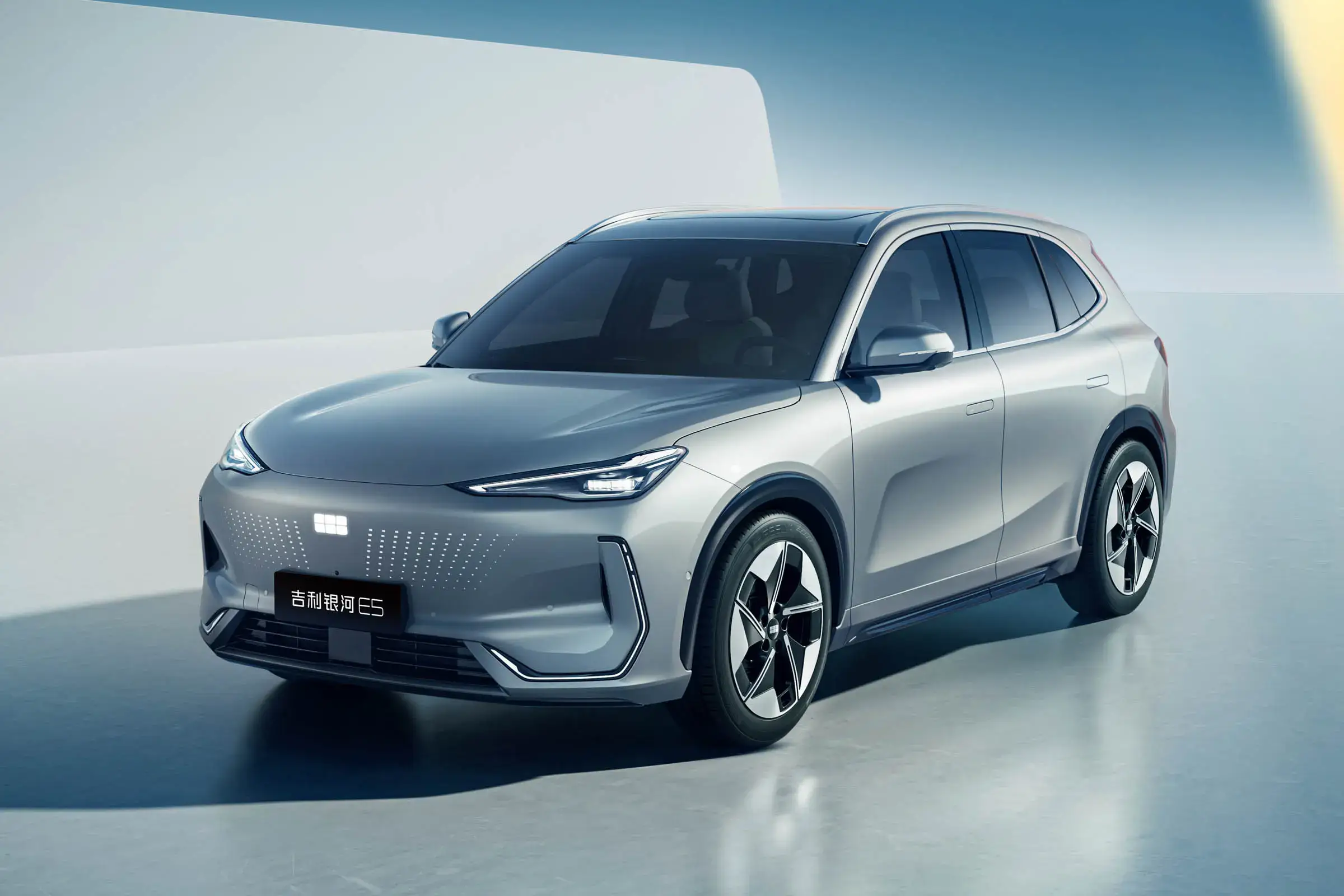The global automotive industry has witnessed a seismic shift in recent years, with Chinese vehicle brands emerging as key players in international markets. In 2024, Chinese automakers dominated domestic sales and made significant strides in exporting vehicles worldwide. This article delves into the top-performing Chinese vehicle brands in terms of exports, highlighting their achievements, strategies, and the factors driving their global success.
Introduction: China’s Rise as a Global Automotive Powerhouse
In 2024, China solidified its position as the world’s largest automobile exporter, surpassing traditional automotive giants like Japan and Germany. The country’s automotive industry has benefited from robust government support, technological advancements, and a growing demand for new energy vehicles (NEVs). Chinese brands have capitalized on these trends, expanding their presence in both emerging and developed markets.
This article ranks the top Chinese vehicle exporters of 2024, providing insights into their export volumes, key markets, and strategies for global expansion.
Top 10 Chinese Vehicle Exporters in 2024
1. Chery Automobile Co., Ltd.
- Export Volume: 532,000 vehicles
- Key Markets: Latin America, Middle East, Russia
- Highlights: Chery led the pack with a diverse product lineup and a strong focus on emerging markets. The brand’s success in Russia, where it filled the gap left by departing international brands, was particularly noteworthy 39.
2. SAIC Motor Corporation Limited
- Export Volume: 539,000 vehicles
- Key Markets: Europe, Southeast Asia, Australia
- Highlights: SAIC’s MG brand was pivotal in its export success, especially in Europe. The company introduced hybrid versions of its popular models to navigate the EU’s tariff policies, further boosting its market share 910.
3. Changan Automobile
- Export Volume: 285,000 vehicles
- Key Markets: Southeast Asia, Africa, South America
- Highlights: Changan’s steady growth in exports was driven by its competitive pricing and reliable vehicle performance. The brand also made significant inroads into Africa, a region with immense growth potential 313.
4. Geely Automobile
- Export Volume: 242,000 vehicles
- Key Markets: Europe, Middle East, Southeast Asia
- Highlights: Geely’s strategic acquisitions, including Volvo, have bolstered its global reputation. The brand’s focus on innovation and localization has resonated well with international consumers 38.
5. BYD Auto
- Export Volume: 207,000 vehicles
- Key Markets: Europe, Southeast Asia, Latin America
- Highlights: BYD’s electric vehicles (EVs) were a major driver of its export growth, with a 160% year-on-year increase. The brand’s Dolphin and Yuan PLUS models were particularly popular in markets like Thailand and Brazil 3811.
6. Great Wall Motors
- Export Volume: 202,000 vehicles
- Key Markets: Russia, Australia, Middle East
- Highlights: Great Wall Motors capitalized on the void left by international brands in Russia, achieving a 62.6% year-on-year growth in exports. The brand’s SUVs and pickup trucks were well-received in key markets 39.
7. Tesla (China Operations)
- Export Volume: 148,000 vehicles
- Key Markets: Europe, Asia-Pacific
- Highlights: Tesla’s Gigafactory in Shanghai played a crucial role in its export success. The brand’s Model 3 and Model Y were among the top-selling EVs in Europe and Asia 310.
8. Jiangling Motors Corporation
- Export Volume: 120,000 vehicles
- Key Markets: Africa, Southeast Asia, South America
- Highlights: Jiangling’s focus on commercial vehicles and affordable passenger cars helped it gain a foothold in emerging markets. The brand’s export growth was driven by its competitive pricing and reliable performance 3.
9. Beijing Automotive Industry Holding Co. (BAIC)
- Export Volume: 117,000 vehicles
- Key Markets: Middle East, Africa, Southeast Asia
- Highlights: BAIC’s strategic partnerships and localized production facilities contributed to its export success. The brand’s electric and hybrid models were particularly popular in the Middle East 39.
10. Dongfeng Motor Corporation
- Export Volume: 112,000 vehicles
- Key Markets: Southeast Asia, Africa, South America
- Highlights: Dongfeng’s focus on commercial vehicles and affordable passenger cars helped it achieve steady export growth. The brand’s presence in Southeast Asia was particularly strong.
Key Trends Driving China’s Automotive Export Growth
1. Government Support and Policy Incentives
The Chinese government has implemented policies to promote the development of new energy vehicles (NEVs), including subsidies and tax incentives. These measures have encouraged automakers to invest in EV technology and expand their global footprint 510.
2. Technological Advancements
Chinese automakers have made significant strides in vehicle technology, particularly in areas like battery efficiency, autonomous driving, and smart connectivity. These advancements have enhanced the competitiveness of Chinese vehicles in international markets 59.
3. Global Expansion Strategies
Chinese brands have adopted diverse strategies to penetrate international markets, including localized production, strategic partnerships, and targeted marketing campaigns. These efforts have helped them overcome challenges like trade barriers and cultural differences 89.
4. Rising Demand for Electric Vehicles
The global shift towards electric mobility has created new opportunities for Chinese automakers, particularly in Europe and Southeast Asia. Brands like BYD and SAIC have capitalized on this trend, offering affordable and high-quality EVs 310.
Challenges and Future Outlook
Despite their remarkable success, Chinese automakers face several challenges in the global market. These include trade tensions, regulatory hurdles, and competition from established brands. However, with continued innovation and strategic investments, Chinese vehicle brands are well-positioned to maintain their growth trajectory and further expand their global influence.
Conclusion
The year 2024 marked a turning point for Chinese vehicle brands, as they solidified their position as global leaders in automotive exports. From Chery’s dominance in emerging markets to BYD’s success in the EV sector, these brands have demonstrated their ability to compete on the world stage. As the automotive industry continues to evolve, Chinese automakers are poised to play an increasingly important role in shaping its future.

